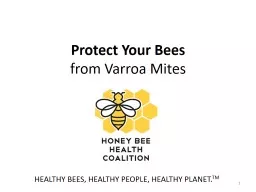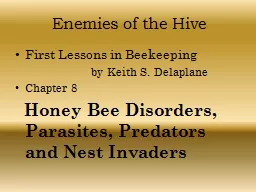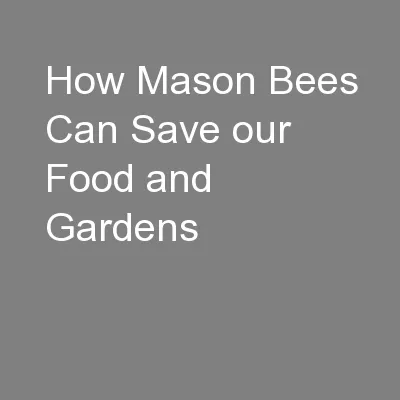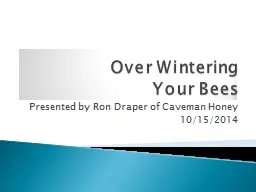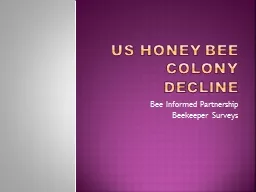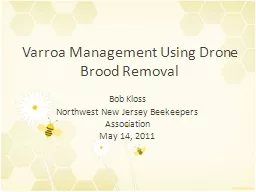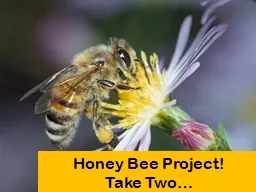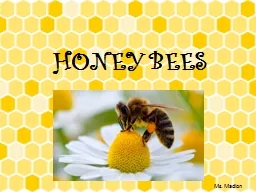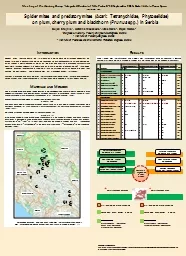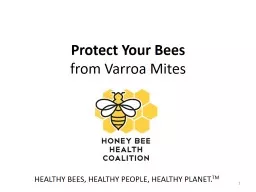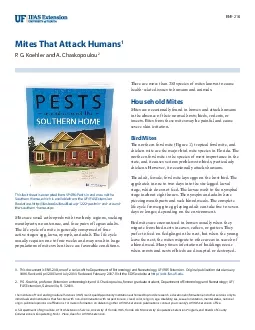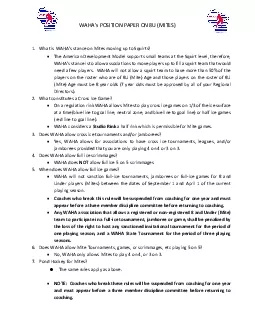PPT-Protect Your Bees from Varroa Mites
Author : experimentgoogle | Published Date : 2020-11-06
HEALTHY BEES HEALTHY PEOPLE HEALTHY PLANET TM 1 2 Will Varroa Mites Kill My Bees 3 WHO amp WHAT is the Honey Bee Health Coalition 4 httpshoneybeehealthcoalitionorg
Presentation Embed Code
Download Presentation
Download Presentation The PPT/PDF document "Protect Your Bees from Varroa Mites" is the property of its rightful owner. Permission is granted to download and print the materials on this website for personal, non-commercial use only, and to display it on your personal computer provided you do not modify the materials and that you retain all copyright notices contained in the materials. By downloading content from our website, you accept the terms of this agreement.
Protect Your Bees from Varroa Mites: Transcript
Download Rules Of Document
"Protect Your Bees from Varroa Mites"The content belongs to its owner. You may download and print it for personal use, without modification, and keep all copyright notices. By downloading, you agree to these terms.
Related Documents

